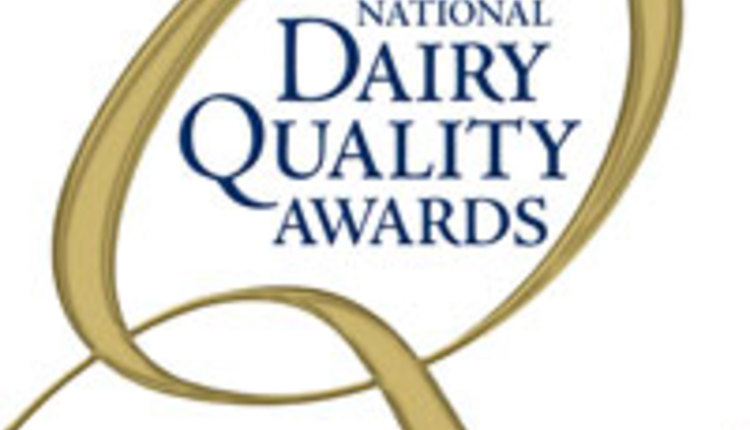
Dairy and cattle producers can expect to see an increase in whole cottonseed supply this year. According to the U.S. Department of Agriculture’s December cotton and wool outlook report, cotton production is estimated at 18.3 million bales, a 25% increase from the 2020 crop year. Whole cottonseed supply is estimated to be about 1 million tons more than last year.
With the increase in the 2021 U.S. upland cotton crop, producers will see increased availability of whole cottonseed to incorporate into their cattle rations. “The increase in whole cottonseed availability is mainly coming out of Texas. They had a favorable growing season compared to last year, which has increased production. When compared to the previous year, Mid-South and Southeast production has remained steady,” Larry Johnson, gin consultant and owner of Tactical Risk Advisors explains.
“West Texas accounts for roughly one-third of each year’s planted acreage. Dry conditions there last year caused widespread abandonment. For this year’s crop, there was more rain, and the improvement in moisture provided a boost to national production. It was also a quieter year for hurricanes, which also helps bring in more fiber and more cottonseed” states Jon Devine, senior economist for Cotton Incorporated. “This supply increase is good news for dairy and beef producers looking to incorporate whole cottonseed in their feeding program.”
“In past years, quality harvests like this have stabilized the price of whole cottonseed, making it more accessible to producers and increasing its value in a cattle ration,” notes Johnson.
“Whole cottonseed is a single feed ingredient with the valuable benefit of three key nutrients. The unique feed ingredient provides a high level of energy, protein for muscle growth and performance and fiber for effective rumen function and digestive health,” says Cory Colburn, independent dairy nutritionist.
Whole cottonseed is commonly used on dairies across the U.S. to increase milk production and butterfat in the milk when added to a lactating cow ration1, but beef cattle producers can take advantage of the triple-nutrient composition of effective fiber, available fat and protein.2 Additionally, whole cottonseed has the potential to reduce the overall number of feedstuffs in a ration while meeting the nutritional demands of the animal for both dairy and beef operations.
As harvest wraps up, producers and their nutritionists should plan their feed ingredient needs for the upcoming year and keep an eye on the market. Johnson recommends producers book their cottonseed needs early, working with reputable merchants and suppliers.
“With inflated feed prices and supply constraints, cottonseed is a strong feed ingredient, and I encourage producers to work with their herd’s nutritionist to evaluate their feeding program,” Colburn adds.
Cotton Incorporated suggests producers get in touch with their cottonseed merchant or feed dealer to check prices. To find a reputable merchant in your area, visit the Cottonseed Marketplace at wholecottonseed.com
About Cotton Incorporated
Cotton Incorporated, funded by U.S. growers of upland cotton and importers of cotton and cotton textile products, is the research and marketing company representing upland cotton. The program is designed and operated to improve the demand for and profitability of cotton.

